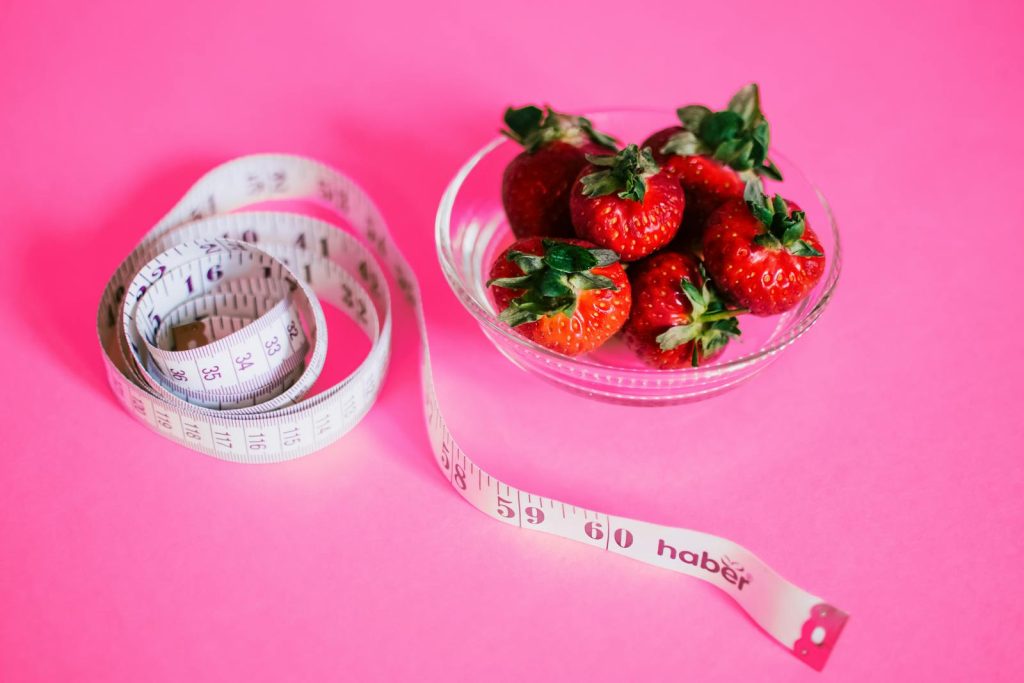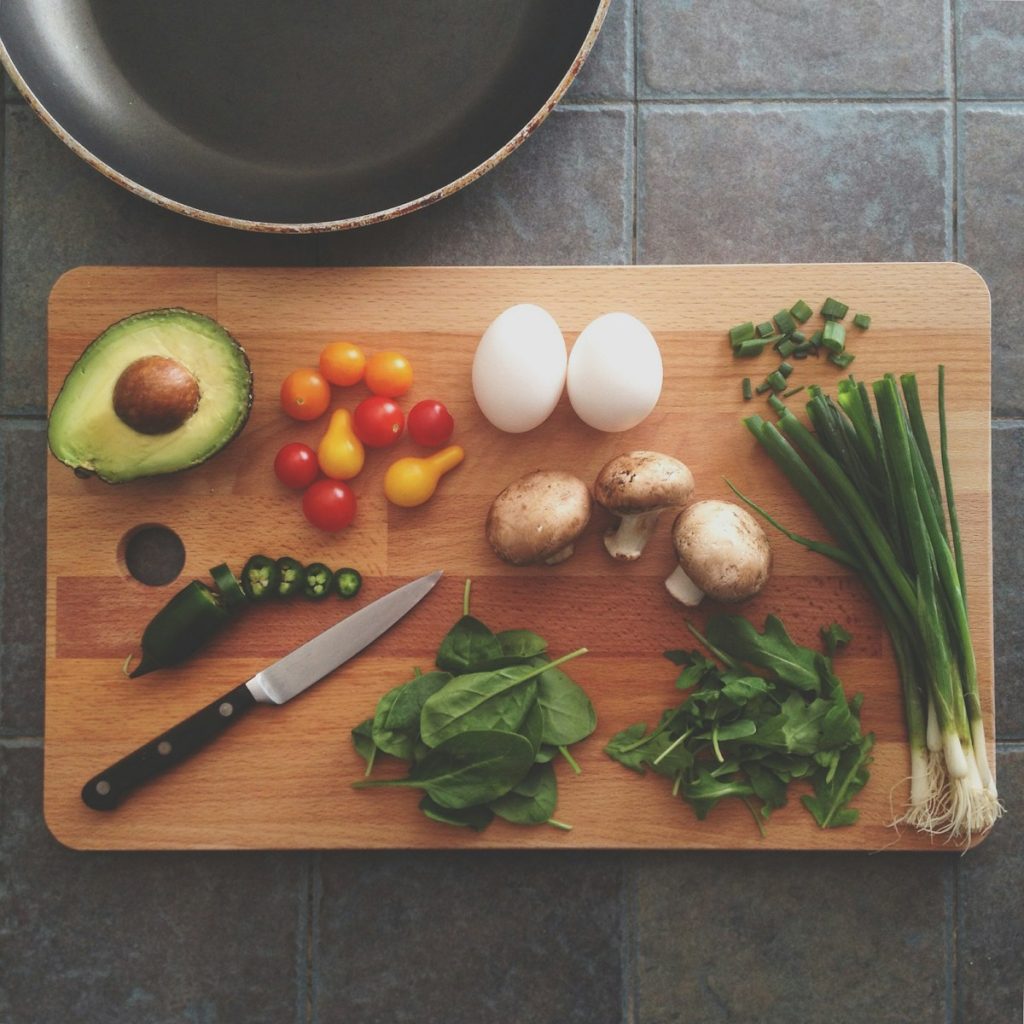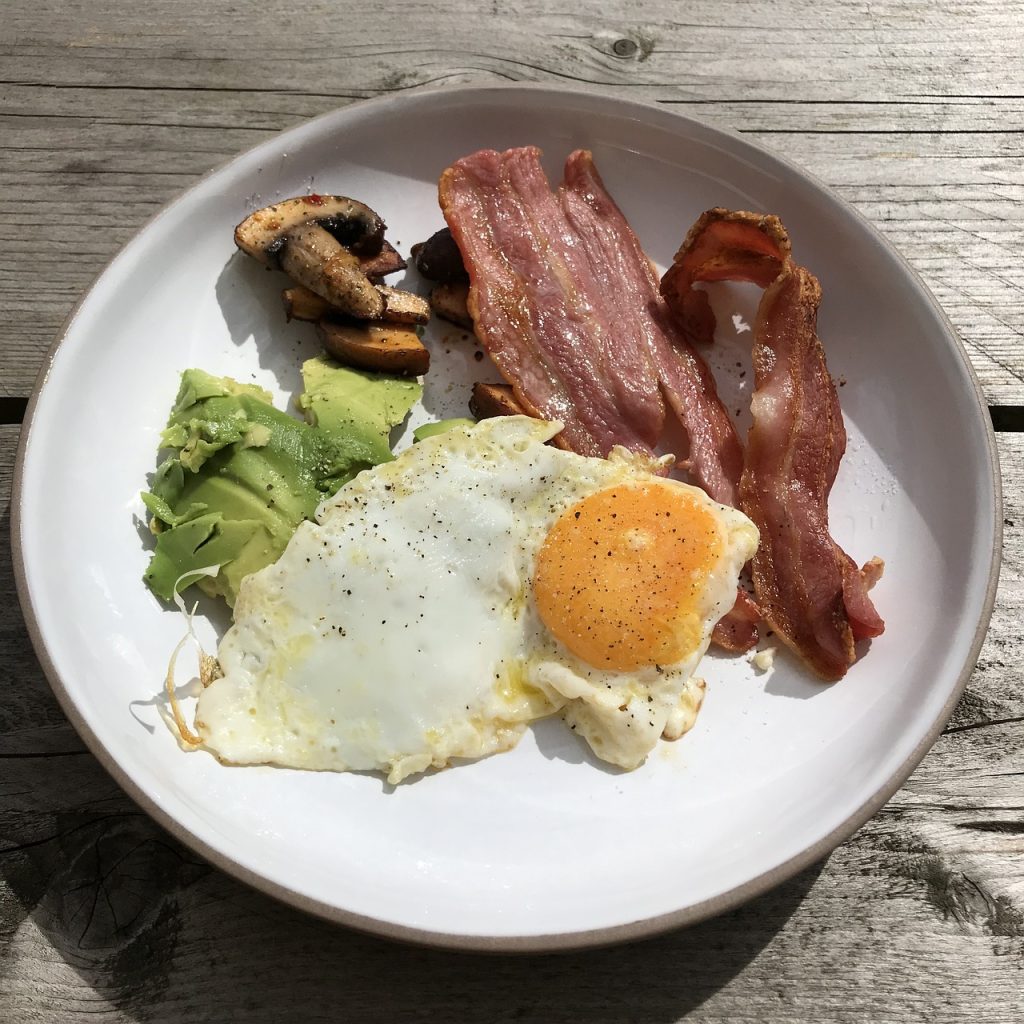Have you ever tried to lose weight but felt stuck? You’re not alone! The key to weight loss is simple: calorie deficit. If you burn more calories than you eat, your body will use stored fat for energy, and you’ll lose weight.
But how do you create a calorie deficit diet without starving yourself? The good news is that you don’t need extreme diets or fancy supplements. In this guide, we’ll break it down step by step so you can lose weight healthily and sustainably. Let’s get started!
What is a Calorie Deficit?
A calorie deficit happens when you eat fewer calories than your body burns. This makes your body use stored fat for energy, leading to weight loss.
How Your Body Burns Calories
Your body burns calories in three main ways:
- Basal Metabolic Rate (BMR): The calories your body needs to function at rest.
- Physical Activity: Calories burned through exercise and daily movements.
- Digestion: The energy used to break down and absorb food.
How Many Calories Do You Need?
Follow these steps to find your ideal calorie intake:
- Calculate Your BMR (Use an online BMR calculator).
- Factor in Activity Level (Sedentary, moderate, or active lifestyle).
- Create a Deficit (Reduce intake by 300-500 calories per day for steady weight loss).
How to Create a Calorie Deficit Diet
Now, let’s look at simple steps to create a calorie deficit without feeling deprived.
1. Track Your Calories
Use free apps like MyFitnessPal or Cronometer to track how much you eat. Knowing your intake helps you adjust portions and avoid overeating.
2. Eat Nutrient-Dense Foods
Not all calories are equal! Choose foods that keep you full and provide essential nutrients:
- Lean Proteins: Chicken, tofu, eggs
- Fiber-Rich Vegetables: Spinach, broccoli, carrots
- Whole Grains: Brown rice, oats, quinoa
- Healthy Fats: Avocados, nuts, olive oil
3. Eat More Protein
Protein keeps you full longer and prevents muscle loss. Aim for 0.7-1g per pound of body weight.
4. Cut Down on Sugary Drinks and Junk Food
Soda, chips, and fast food add extra calories with little nutrition. Swap them for healthier options like flavored water, fruit, and homemade snacks.
5. Practice Portion Control
Even healthy foods can lead to weight gain if you eat too much! Try these tips:
- Use smaller plates to trick your brain into feeling satisfied.
- Measure portions to avoid overeating.
- Eat slowly to give your body time to feel full.
Best Foods for a Calorie Deficit Diet
High-Protein Foods
- Chicken breast
- Greek yogurt
- Lentils
- Eggs
Low-Calorie, High-Fiber Foods
- Leafy greens
- Berries
- Cucumbers
- Apples
Healthy Fats
- Almonds
- Chia seeds
- Fatty fish
- Olive oil
Sample Meal Plan for a Calorie Deficit Diet
Breakfast:
- Scrambled eggs with spinach and whole-grain toast
- A cup of black coffee or green tea
Lunch:
- Grilled chicken with quinoa and roasted veggies
- A mixed greens salad with olive oil dressing
Snack:
- Greek yogurt with almonds and berries
Dinner:
- Baked salmon with steamed broccoli and brown rice
Common Mistakes to Avoid
1. Eating Too Few Calories
Extreme calorie cuts slow your metabolism and cause muscle loss.
2. Skipping Protein
Without enough protein, you may lose muscle instead of fat.
3. Drinking Sugary Beverages
Juices, sodas, and alcohol add unnecessary calories. Stick to water, black coffee, or herbal teas.
4. Skipping Meals
Skipping meals can lead to overeating later. Instead, eat balanced meals throughout the day.
FAQs
Q: How long does it take to see results?
A: Most people notice changes within 2-4 weeks, depending on their consistency and metabolism.
Q: Can I eat junk food and still lose weight?
A: Yes, but focusing on whole, nutritious foods for better energy and health is better.
Q: Do I need to exercise?
A: Diet plays the biggest role (80%), but adding exercise helps speed up fat loss and improves overall health.
Conclusion
Losing weight doesn’t have to be complicated. You can sustainably achieve your weight loss goals by creating a calorie deficit diet, tracking what you eat, and making healthier food choices.
Are you ready to take the first step? Start today and see the difference!


